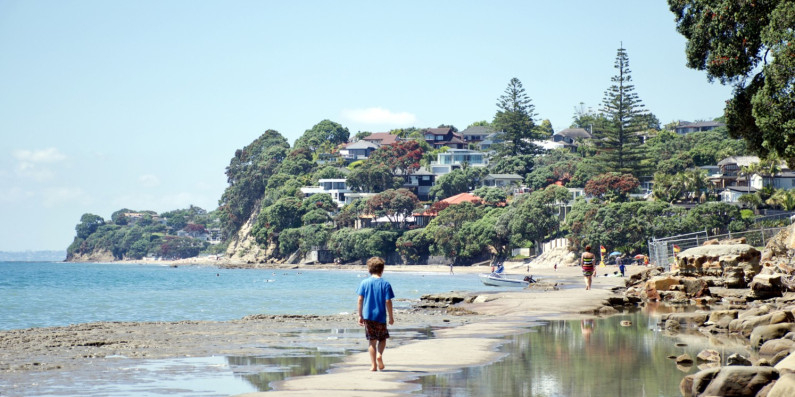Kia ora koutou
It has been a busy month for the Ministry with the Natural and Built Environment Act and the Spatial Planning Act passed into law on 23 August 2023. These two new laws change the way our natural and built environment is managed.
Further targeted engagement is being conducted to ensure the transitional National Planning Framework (NPF) is fit for purpose when it is handed over to the Board of Inquiry process next year. The NPF will provide direction to inform and support regional decision-makers as they develop their resource management plans.
Work continues on how New Zealand adapts to climate change. This includes supporting communities responding and recovering from the severe weather events earlier this year. Longer term resilience projects are also being developed as part of implementing the actions under the national adaptation plan.
An inquiry into climate adaptation is also underway with the Environment Committee Komiti Whiriwhiri Take Taiao calling for public submissions. Along with other things, the Committee will look at the current approach to community-led retreat and adaptation funding, its strengths, risks and costs.
And finally, I’d like you to know that this is my last update as Deputy Secretary for Natural and Built System and Climate Mitigation at the Ministry for the Environment. I’m leaving the Ministry for the Environment this month to take up a new role as Deputy Chief Executive, Policy at the Department of Prime Minister and Cabinet.
As we turn to the implementation of the new system which will be led by my colleague, Nadeine Dommisse, I’d like to acknowledge the support of our partners and many others who have worked with the Ministry to develop the policy that underpins the new legislation.
It has been an absolute privilege to have worked with so many of you as we developed the policy for the new resource management system.
We thank you for your time and effort to help make the new RM system a reality for Aotearoa New Zealand.
Ngā mihi nui, nā
Janine Smith, Deputy Secretary, Natural and Built System and Climate Mitigation
Nadeine Dommisse, Deputy Secretary, Policy Implementation and Delivery
